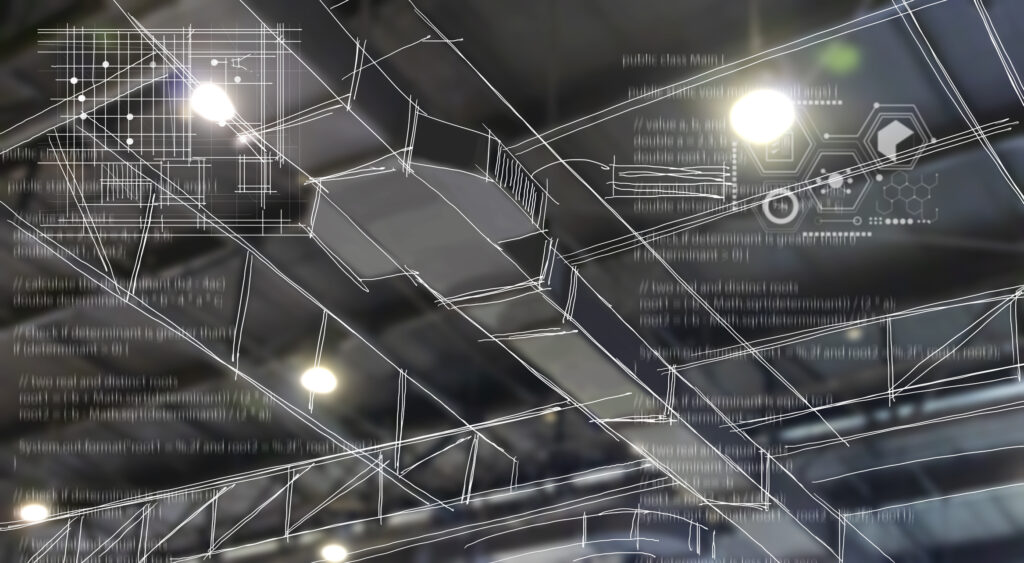In the industry of building services, HVAC systems stand as pivotal components, integral to ensuring comfort and air quality in indoor environments. As a technician, understanding the nuances of HVAC system design and HVAC system modeling is critical to implement systems that are efficient, reliable, and tailored to the specific needs of a building.
This article delves into these aspects, providing an informational guide that merges practical insights with professional expertise.
Understanding HVAC System Design
Principles and Considerations
HVAC design encompasses more than just selecting equipment. It involves a holistic approach that considers various factors such as climate, building architecture, and energy efficiency. A well-designed HVAC system not only ensures optimal temperature and humidity levels but also contributes to energy conservation and cost-effectiveness.
Key Components
The primary components in HVAC system design include air handlers, ductwork, ventilation systems, and control units. Each of these elements must be carefully chosen and configured to work in harmony, ensuring that the system delivers optimal performance.
Advancements in HVAC System Modeling
What is HVAC System Modeling?
HVAC system modeling is a process that utilizes software tools to simulate the performance of an HVAC system in a virtual environment. This approach enables technicians to predict how the system will perform in various conditions and make adjustments before any physical installation.
Benefits of Modeling
Modeling offers numerous advantages, such as identifying potential issues early in the design phase, optimizing energy usage, and ensuring system longevity. By simulating different scenarios, technicians can make data-driven decisions, leading to more efficient and effective HVAC solutions.
Best Practices in HVAC System Design and Modeling
Emphasizing Energy Efficiency
In today’s world, energy efficiency is not just a buzzword but a necessity. Designing HVAC systems with a focus on reducing energy consumption not only benefits the environment but also leads to significant cost savings for building owners.
Integration of Renewable Energy
Incorporating renewable energy sources, such as solar or geothermal, into HVAC system design is an emerging trend. This approach not only reduces dependency on traditional energy sources but also aligns with global sustainability goals.
Continuous Learning and Adaptation
The field of HVAC is ever-evolving, with new technologies and methods emerging regularly. Staying informed about the latest trends and innovations is crucial for any technician aiming to excel in HVAC system design and modeling.
Conclusion
In conclusion, the design and modeling of HVAC systems are critical skills for any HVAC technician. By understanding the principles of HVAC design, harnessing the power of HVAC system modeling, and adhering to best practices, technicians can ensure the delivery of efficient, reliable, and sustainable HVAC solutions.
As the industry continues to evolve, embracing continuous learning and adaptation will be key to staying at the forefront of HVAC technology.





